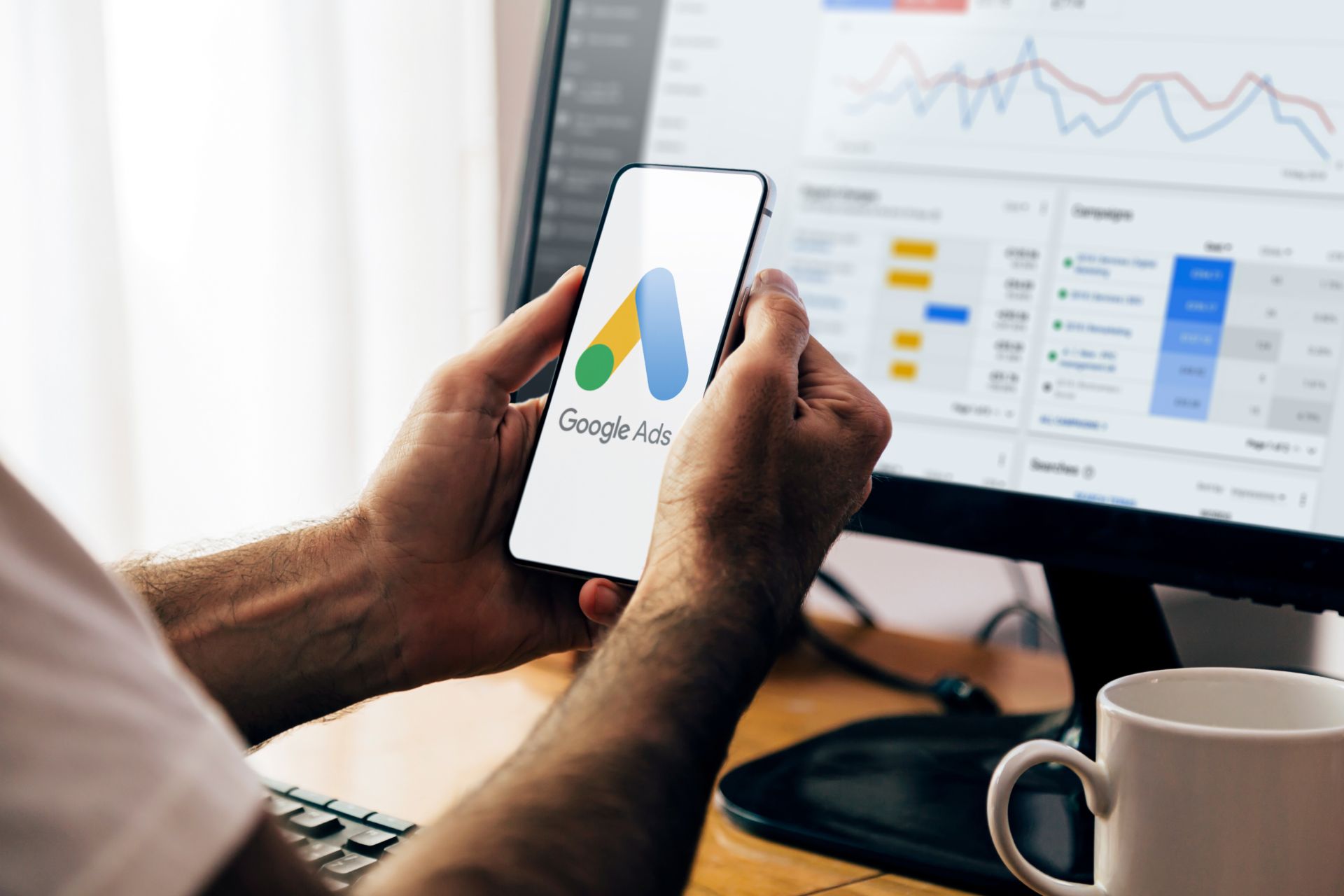PPC for E-commerce: A Complete Guide to Boosting Sales and Driving Growth
Thursday, November 21, 2024
As the e-commerce industry expands, competition for consumer attention has become fiercer than ever. To effectively stand out and drive traffic to your online store, Pay-Per-Click (PPC) advertising has become an essential tool. By targeting potential customers at every stage of their buying journey, PPC campaigns can significantly increase both visibility and sales. In this guide, we’ll break down how to implement PPC for e-commerce, along with actionable tips to maximize your returns.

Understanding PPC for E-commerce
PPC advertising involves paying a fee each time someone clicks on one of your ads. These ads are placed on search engines, social media platforms, and other sites where users may be interested in your products. For e-commerce businesses, PPC campaigns can bring targeted traffic directly to product pages, boosting the likelihood of conversions.
PPC ads can be tailored to reach specific demographics, locations, or interests, giving businesses greater control over who sees their ads and when. PPC also includes multiple formats such as Google Search Ads, Display Ads, Shopping Ads, and Social Media Ads, which makes it adaptable to various campaign objectives, from product awareness to driving sales.
Benefits of PPC for E-commerce Businesses
Quick Results: PPC campaigns can generate immediate traffic and results.
High ROI Potential: With strategic targeting and budget control, PPC can deliver high returns by focusing on audiences likely to convert.
Scalability: You can start small and increase your budget as you see success.
Measurable Performance: PPC provides real-time analytics that allows you to track impressions, clicks, and conversions to optimize your campaigns.
Reaching Your Target Market: With specific targeting options, you can focus on consumers who are actively searching for your products or services.

Best PPC Strategies for E-commerce
1. Google Shopping Ads
Google Shopping Ads are essential for e-commerce. They display product images, prices, and descriptions directly on the search engine results page (SERP), making them more engaging and relevant to online shoppers. To make the most of Shopping Ads, ensure your product data feed is optimized. Use clear, high-quality images and relevant product titles and descriptions. Google uses this information to match search queries with your products, so precise descriptions help you reach a highly interested audience.
2. Remarketing Campaigns
Remarketing helps you target visitors who have previously shown interest in your products but didn’t complete a purchase. By creating tailored ads that remind them of items they viewed or abandoned in their cart, you increase the likelihood of conversions. Dynamic remarketing campaigns allow you to show personalized ads that feature specific products from your catalogue, keeping your brand and items top-of-mind for potential buyers.
3. Utilizing Social Media Ads
Social media platforms, such as Facebook and Instagram, allow for highly detailed audience targeting. Social media ads are excellent for brand awareness, generating leads, and even retargeting website visitors. For e-commerce, carousel ads are particularly effective because they enable users to scroll through multiple products within a single ad, increasing interaction rates.
4. Keyword and Competitor Analysis
Before launching a PPC campaign, conduct thorough keyword research to determine which search terms are likely to drive relevant traffic to your site. Using tools like Google Keyword Planner can help you find high-intent keywords related to your products. Additionally, performing competitor analysis allows you to identify gaps in your strategy, adjust bids on competitive keywords, and keep a competitive edge in the SERPs.



